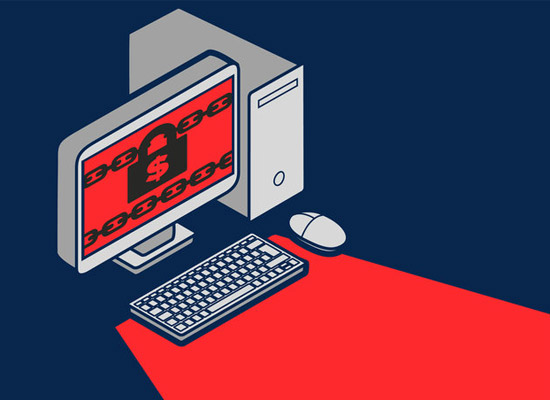How Does Malware Get On My Computer?
Updated on October 21, 2022, by Xcitium
As the cyber threat landscape evolves with each passing day, it’s helpful to understand how malware gets onto your computer. Knowing the methods by which malware works gives you the edge in preventing malware from entering your computer.
Malware, computer worms, and phishing attacks are becoming increasingly common nowadays and are one of the major causes of cybervandalism and cyberespionage. With ever-evolving malware attacks, almost every organization and endpoint are vulnerable to disruption caused by malware.
The term ‘Malware’ includes many types of malicious programs like worms, viruses, trojans, spyware, adware, rootkits, etc. So, if someone says ‘malware,’ it could be any of these malicious programs. It could be spyware which secretly steals sensitive information, or it could be adware which bombards the victim’s computer screen with popup advertisements.
In most cases, malware enters the computer via the internet. Whenever the computer gets connected to the internet, it gets exposed to numerous online malware threats.
Ways by which malware infects your computer:
- Downloading files and software from suspicious websites.
- Through infected emails which contain malicious email attachments.
- Through malicious content in Instant Messaging platforms similar to email attachments.
- Sharing files with infected devices.
Your computer may get infected with malware if you do not follow safe browsing habits. The primary way by which malware spreads are through the internet and pirated software which seems legitimate. Hackers use seemingly benign software to lure unwary users into downloading malware. Hackers blend malware codes with legitimate software to trick users into downloading malicious software.
Unlike in the olden days, anyone can create malware with the help of advanced tools available on the internet. Some hackers create malware for the sole purpose of making money illegally. Ransomware is an excellent example of this, because the malware locks down the victim’s computer in return for money (ransom).
Hackers often disguise the malware as a useful app. Unwary users download the malware considering it as a safe software application. Once installed, the malware then begins to damage the computer.
Apart from disguised as a useful software, malware can also enter your device through phishing links sent via email, text, or through fake requests to perform system/software updates.
How To Prevent Malware?
To prevent malware from infecting your PC, you should practice good browsing habits, like not downloading files from shady websites or clicking links from suspicious or unknown sources.
In an organization, it is difficult for IT departments to manage multiple endpoints (computers, mobile device, tablets, etc.). For such scenarios, you need an endpoint protection solution that offers all-around protection.
Xcitium Advanced Endpoint Protection (AEP) is such a solution that offers complete protection across endpoints. Thanks to the ‘Default Deny’ platform and lightweight client in Xcitium AEP, it can quickly prevent malicious software across endpoints without affecting end-user experience.
Try Xcitium Advanced Endpoint Protection today and secure your endpoints once and for all! For more details, contact us at +1 888-256-2608.
Related Sources:
What is Anti Malware Protection?
What is Malware?
What is Malware Scanner?
Best Online PC Scan Tools
What is EDR?
What Is An ITSM Tool








